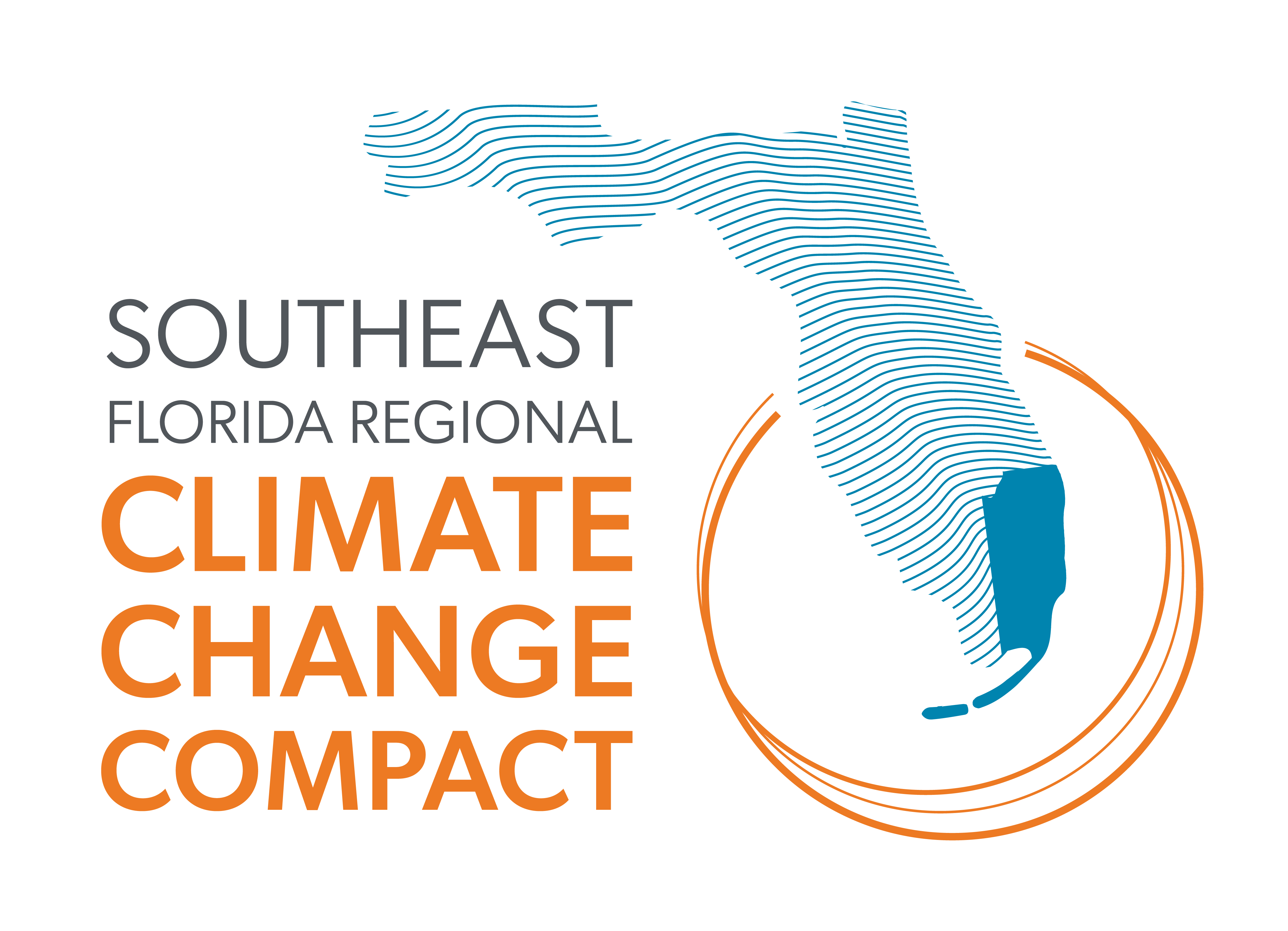Maintain, create and/or restore tree canopy and urban green spaces.
STRATEGIES
NS-15.1 Map existing tree canopy (inclusive of socio-economic data overlays), set community tree canopy goals, develop and fund a strategic tree canopy program and monitor changes in canopy over time.
IMPLEMENTERS: local governments, non-profit organizations, community-based organizations
NS-15.2 Protect existing tree canopy through tools available to local governments via comprehensive plans, zoning ordinances, tree ordinances, the development of tree canopy programs, mitigation banks and impact fees. Invest in the enforcement of tree protection regulations.
IMPLEMENTERS: local governments
NS-15.3 Prioritize native tree species in tree planting programs. Identify and invest in salt-tolerant tree species that can withstand hurricanes and provide multiple ecosystem services, such as habitat for other native species. Ensure programs plant trees in the correct locations to ensure long-term viability and storm resilience.
IMPLEMENTERS: local governments, non-profit organizations, academic institutions, extension offices
NS-15.4 Prioritize planting efforts in low-income areas and communities of color where the existing tree canopy is disproportionately sparse and heat islands are more severe. Ensure long-term tree maintenance program is developed and funded.
IMPLEMENTERS: local governments, non-profit organizations, community-based organizations,
academic institutions, extension offices
NS-15.5 Preserve and acquire green spaces in areas of low canopy and areas without access to parks and natural areas, striving to make green space accessible within a ten-minute walk for all residents. Prioritize equity, community participation, addressing areas with health disparities and anti-displacement when developing green spaces.
IMPLEMENTERS: local governments, non-profit organizations, community-based organizations,
philanthropic community
